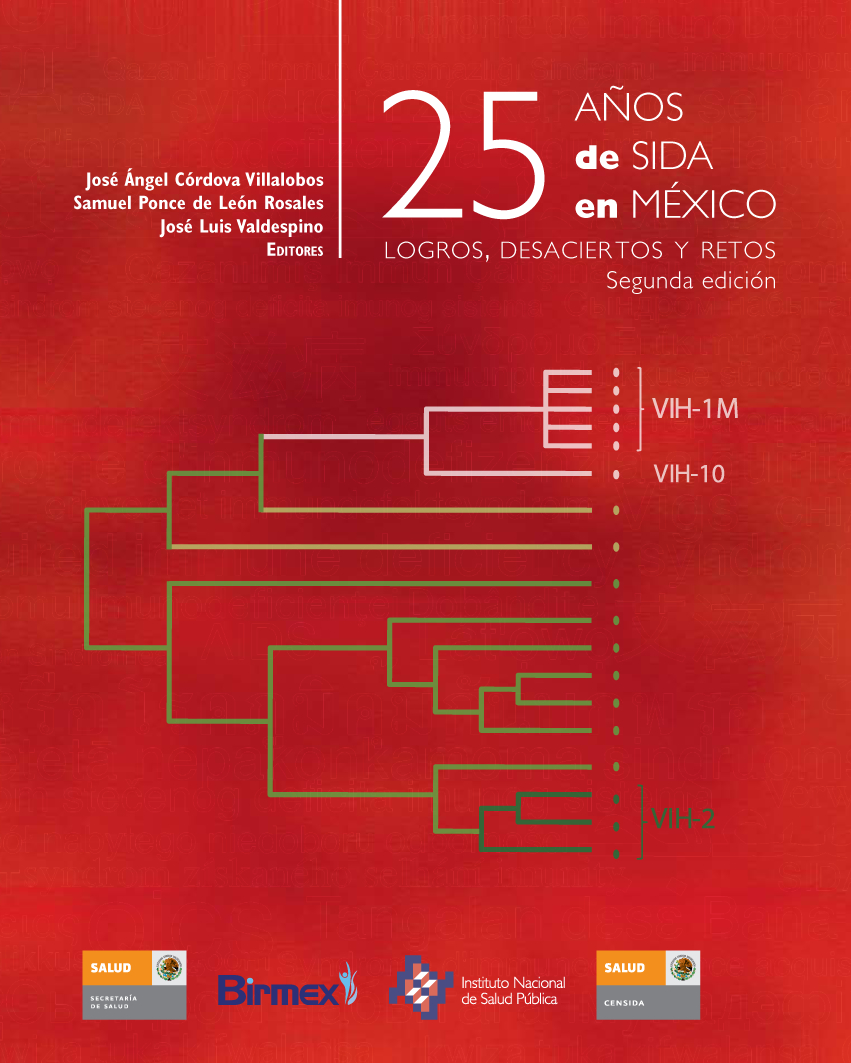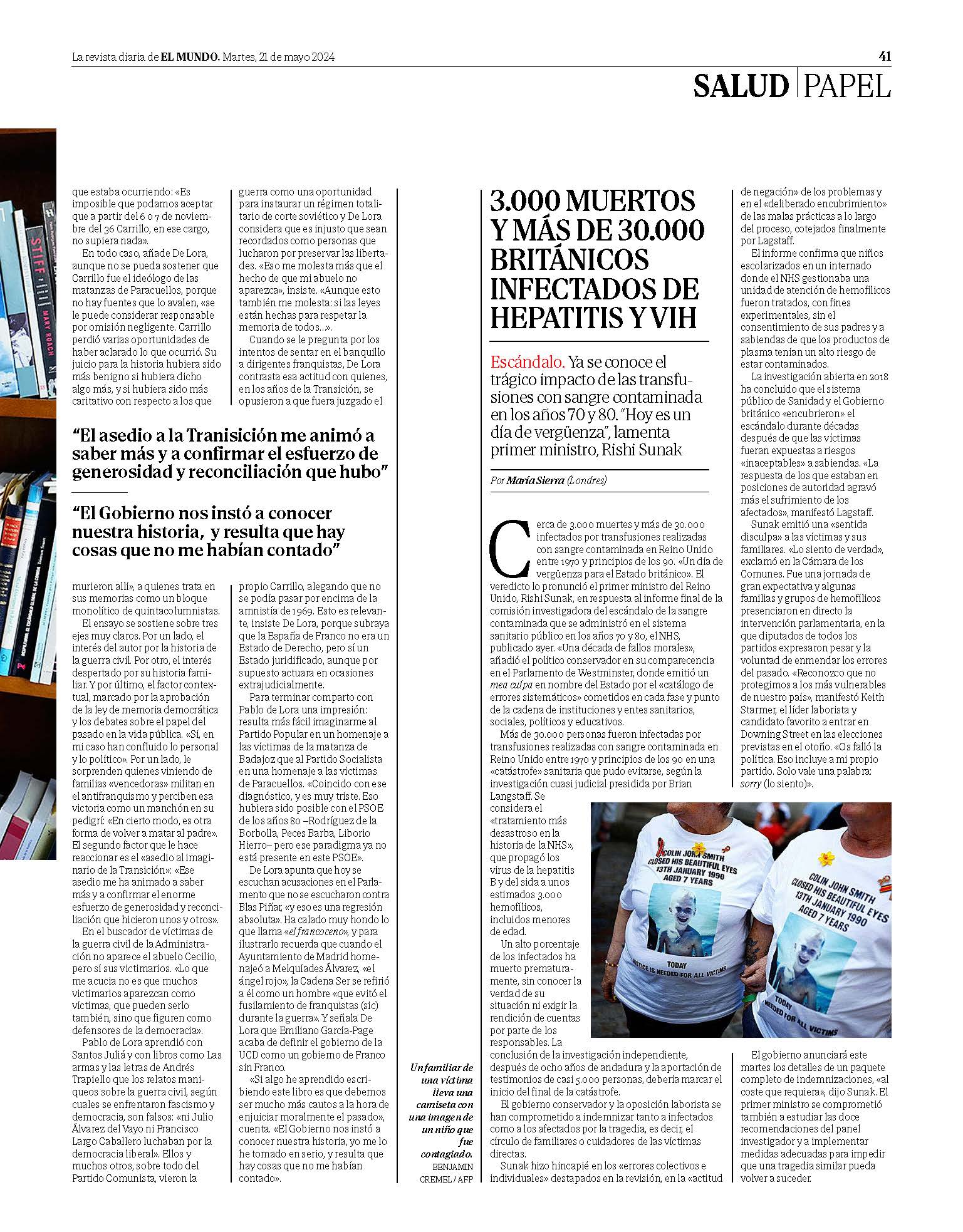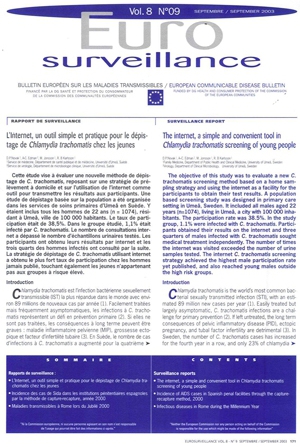Resum
The donors would sell their blood once or twice per month for local consumption, and their plasma
several times per month; some reports indicate as many as 20 times. Thus, one infected donor going to one
of the centers would be enough for the other donors to become infected little by little. And that is how it
happened in Mexico; by November of 1986 the prevalence in one of the plasmapheresis centers studied
reached 57 percent. This is the type of information considered by doctors and scientists to be relevant for
informing sanitary authorities, who took steps at the legislature that resulted in the decree, in 1987, to prohibit
commercial activities in Mexico related to blood and plasma. All of the plasma extraction centers were closed,
as well as private banks, and the National Center for Blood Transfusions (CNTS in Spanish) was established as
a decentralized organization with regulatory and monitoring capabilities. The notification of AIDS cases also
became mandatory during this period and, in addition, paid donation was recognized as a risk factor for HIV
infection.
There was then an educational and regulatory effort to ration the use of blood and its components;
total blood transfusions decreased and the dividing of blood components was sought as a way to optimize
therapeutic resources.
Blood safety is a responsibility that the State must assume as a national security issue. Significant challenges
remain: a) generate among the population a culture that promotes repeat altruistic donation, b) optimize
economic resources in order to structure a more efficient regional system that complies with safety standards
for blood banks which collect more than 10 000 units annually, c) introduce nucleic acid technology in blood
testing to reduce even more the risk of transmission of the virus, d) make efficient use of re-collected and screened plasma from voluntary donors as a national resource, and turn this into prime material to generate
plasma derivatives in order to satisfy the country’s demand, and e) strengthen the monitoring system for the functioning of blood banks and transfusion sites in the country.






